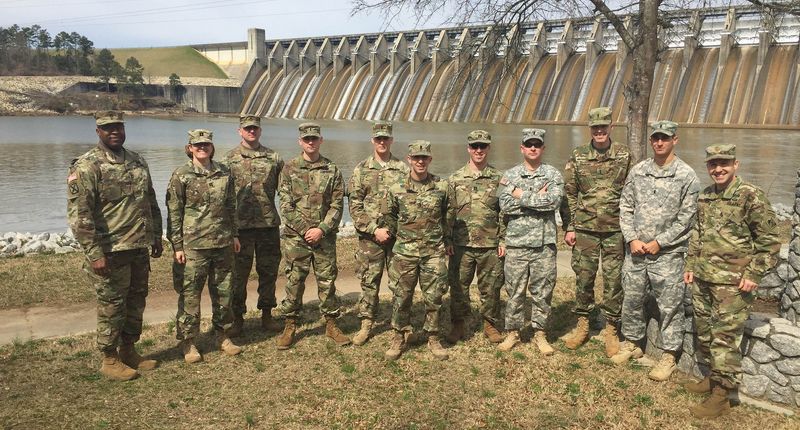Reform Army Corps to Cut Red Tape, Boost Outcomes

Americans have a centuries-long history of public involvement in building the ports, canals, locks, and dams that keep the nation’s trade moving. Paying for these public works has been decentralized, with shippers, towns, states, and the federal government all playing a role. Shippers pay bunker-fuel taxes and port-user fees; towns and port authorities manage the facilities; states provide capital and land; and the federal government maintains shipping channels, flood-control works, and the lock and dam network.
For the most part, this setup has worked, but cracks are beginning to show. This is because the federal government has mismanaged the inland waterway system.
The Army Corps of Engineers has long struggled with politicized public-works investment and has overseen projects that routinely come in late and over budget. One such project, the Olmsted locks on the Ohio River, will open in August—30 years after it was authorized by Congress. The Trump administration recently highlighted some of these challenges when it offered a proposal to reorganize the agency.
The administration’s proposal would move the Army Corps’ commercial navigation functions to the Department of Transportation (DoT), while the rest of the agency’s responsibilities would be administered by the Department of the Interior. Both measures would be steps toward simpler, better-functioning water-infrastructure management.
On land, moving commercial navigation activities to the DoT would allow for better coordination of port-serving infrastructure. Consistency and coordination between modes is imperative for port projects, which almost always require investments in highway and rail infrastructure. On the water, responsibility for shipping-channel maintenance would be held by the agency best positioned to decide which ports can best leverage new investments. Within a transportation bureaucracy, the programs could benefit from the end of military management and from a renewed focus on trade infrastructure efficiency. The transfer could also be one step toward devolving federal transportation management similar to the less extensive federal role in managing other transportation modes.
Similarly, the Department of the Interior has extensive experience in public-land management. The proposal would move oversight of public waters from military officials to civil servants more specialized in conservation. In doing so, it would shift another regulatory function out of the Department of Defense, better aligning the mission of both agencies. The agency tasked with controlling flood waters would also have specialized knowledge in the environmental impact of the works it manages. Beyond conservation, many water-infrastructure projects require approval by both Interior and the Army Corps to proceed. This reorganization would consolidate such approvals, decreasing the time between project proposal and the start of construction.
Ending military involvement in civilian navigation and public waters regulation is one important step in any systematic reform to the scope of the federal government. Having a transportation agency manage water transportation and a land-management agency manage public waters would be one step toward an easier-to-navigate maritime bureaucracy.









